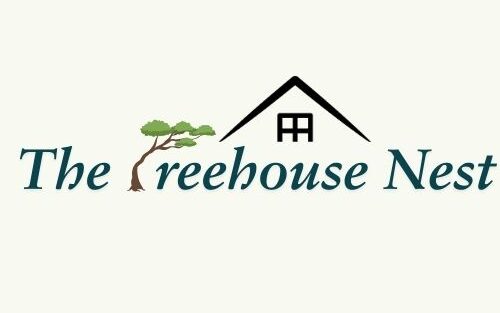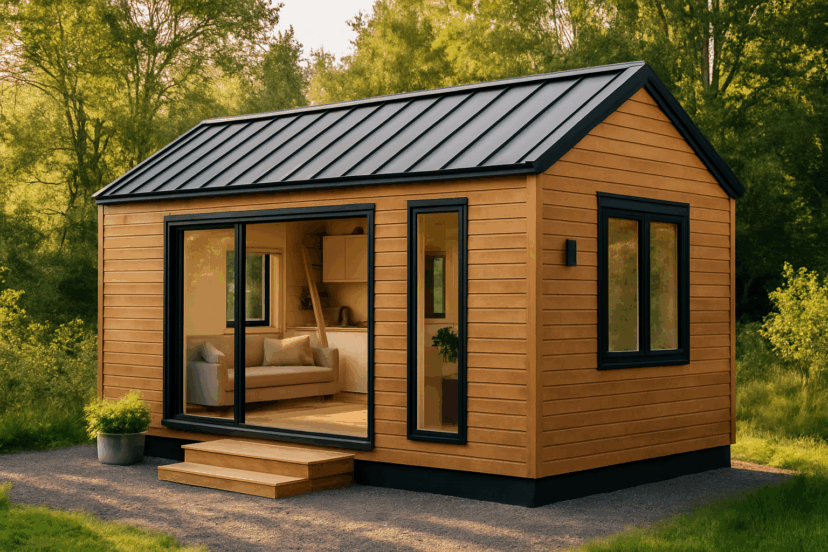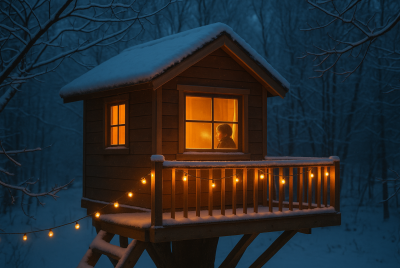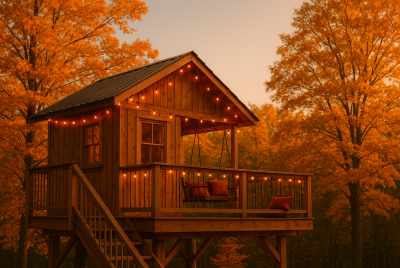Most Efficient Tiny House: Smart Designs for Small Spaces
We may earn a commission for purchases made using our links. Please see our disclosure to learn more.
If you’re on the hunt for the most efficient tiny house, you’re in good company. The tiny home movement has captured the imagination of everyone—from passionate minimalists to budget-conscious first-time homeowners. While it’s tempting to think tiny living is all about downsizing, true efficiency goes far beyond just shrinking your square footage.
The fact that every square inch of an efficient tiny house has a purpose is what truly makes it unique. It’s about designing a home that makes daily life easier, simpler, and truly more pleasurable, not about packing your life into a tiny space. You can reduce your environmental impact, live with less, and spend less on utilities with smart design. The final outcome? A life of independence, adaptability, and a surprisingly roomy feeling in even the most comfortable of homes.
Key Features of the Most Efficient Tiny Houses
Not all tiny houses are created equal. The most efficient designs share a few core features:
1. Multi-Functional Furniture
Think Murphy beds, extendable tables, and couches with hidden storage. Each object must be worthy of its place.
2. Open Floor Plans
An open layout makes even the smallest spaces feel roomy. Combined living, dining, and kitchen areas are a hallmark of efficient tiny homes.
3. Clever Storage Solutions
From stairs with built-in drawers to lofts with shelves, creative storage is non-negotiable.
4. Energy Efficiency
Efficient insulation, LED lighting, and energy-saving appliances can lower utility bills and boost comfort year-round.
5. Natural Light
Large windows and glass doors make a tiny home feel airy and open, improving both mood and energy efficiency.
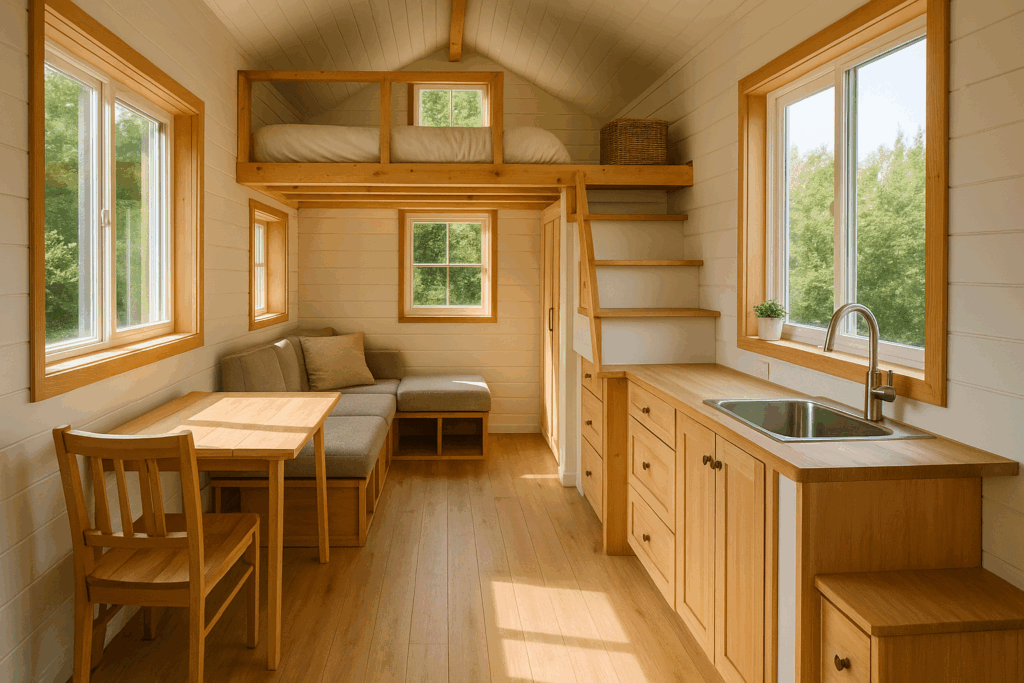
Top 5 Efficient Tiny House Designs
Curious about what smart layouts look like in action? Here are five standout tiny house designs that truly excel in efficiency:
1. The Lofted Studio
By moving the sleeping area up to a loft, this design frees up the main floor for cooking, relaxing, and entertaining—giving you much more usable space.
2. The Expandable Tiny
Some tiny homes include clever slide-outs or modular add-ons, so your living space can grow or change as your needs evolve.
3. The Container Conversion
Repurposed shipping containers are not only sturdy and cost-effective but also simple to insulate, making them a favorite for energy-efficient layouts.
4. The Off-Grid Retreat
Perfect for those wanting true independence, this type of tiny house uses features like solar panels, composting toilets, and rainwater systems for sustainable, off-grid living.
5. The Family-Friendly Layout
Ideal for more than one person, these designs feature dual sleeping lofts, a centrally located bathroom, and an open kitchen-living area to keep everyone happy—even with kids under one roof.
Essential Amazon Products for Tiny House Living
To create the most efficient tiny house, the right gear makes all the difference. Here are top-rated Amazon picks to maximize space and function:
- Zinus SmartBase Platform Bed:
A bed frame with tons of under-bed storage. - Sauder HomePlus Storage Cabinet:
Tall, slim, and perfect for squeezing into small nooks. - Furinno Multipurpose Foldable Table:
An affordable, foldable table for work or dining. - Rubbermaid Cleverstore Containers:
Stackable, clear bins for keeping things organized and out of sight. - Philips Hue Smart Bulbs:
Control your lighting and save energy, even in small spaces.
How to Maximize Your Space: Practical Tips
- Go Vertical:
Use your walls for storage, from floating shelves to hanging baskets. - Embrace Minimalism:
Keep only what you truly use and love. Donate or sell the rest. - Think Modular:
Choose furniture that can be moved or reconfigured as needed. - Draw Inspiration from Creative Spaces:
Sometimes, the best ideas for efficient small living come from outside-the-box designs. Check out these inspiring treehouse designs for adults for unique space-saving layouts and multifunctional ideas you can borrow for your own tiny home. - Use Mirrors:
Strategically placed mirrors bounce light and make your home look bigger. - Declutter Regularly:
A clutter-free space always feels larger and more efficient.
Scientific Insights: Proven Strategies for Efficient Tiny Houses
To truly understand what makes the most efficient tiny house, it’s helpful to look at real scientific research. Recent studies back up the importance of high-quality insulation and smart climate strategies—two core features already recommended throughout this guide.
Optimizing Tiny House Energy Efficiency in Cold Climates:
A detailed case study explored how insulation and passive heating methods impact the comfort and energy use in a tiny house built in a cold, dry region. Researchers evaluated various thermal solutions and found that prioritizing insulation and using passive heating/cooling techniques made a substantial difference in both comfort and efficiency. If you’re curious about the specific methods and data, the full research on energy efficiency strategies in a cold-climate tiny house provides practical insights for anyone designing or upgrading their tiny space.
Comparing Insulation Materials for Tiny Homes:
Another comprehensive experiment, this time in Egypt, simulated a 40 m² tiny house and tested four common insulation types. The findings showed that cellulose insulation—a sustainable and effective material—reduced hours of discomfort by about 20.9% and improved overall thermal comfort by 12.3%. For tiny home owners aiming for year-round comfort and lower energy bills, the study on energy efficiency with insulation materials in tiny houses is packed with actionable data.
Takeaway:
Whether you’re battling cold winters or hot summers, these studies confirm that investing in the right insulation and climate strategies is one of the smartest decisions you can make for a more efficient, comfortable tiny house.
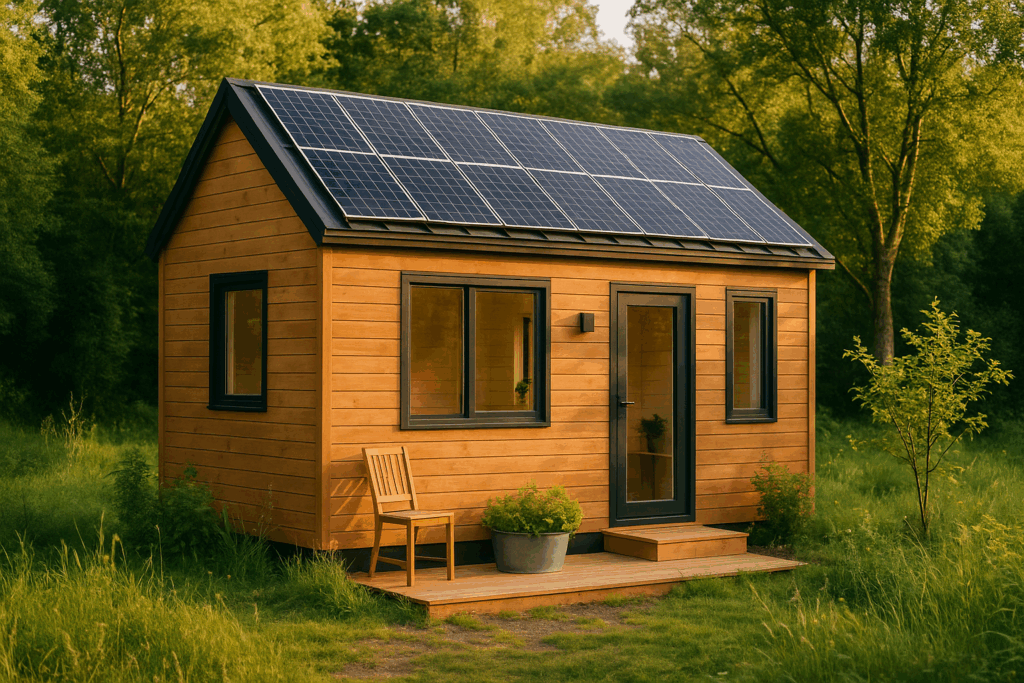
Common Mistakes to Avoid
Even the best plans can go sideways. Watch out for these common pitfalls:
- Overfilling the Space:
It’s tempting to bring too much. Stick to essentials and multi-use pieces. - Ignoring Insulation:
Tiny houses can get hot or cold quickly. Make an early investment in high-quality insulation. - Neglecting Ventilation:
Good airflow is crucial, especially for cooking and sleeping areas. - Choosing Style Over Function:
Aesthetics matter, but function is key in a small space. - Skipping Professional Advice:
Sometimes it pays to consult with an architect or builder specializing in tiny homes.
Conclusion: Living Large in a Tiny Space
Living smart is more important than living little when selecting the most efficient tiny dwelling. Your tiny house can be both comfortable and useful with the correct layout, ingenious items, and careful preparation. Whether you’re starting out, downsizing, or simply desiring a more straightforward way of life, efficient tiny house living provides significant benefits in a compact package.
Are you prepared to begin living in a tiny house? Start organizing your ideal area right now by looking through Amazon’s selection of the newest necessities for tiny houses!
FAQs About Efficient Tiny Houses
1. What is the average size of an efficient tiny house?
Most efficient tiny houses range from 100 to 400 square feet, balancing comfort and space-saving features.
2. Can a tiny house be truly energy-efficient?
Absolutely. With the right insulation, appliances, and solar options, many tiny houses achieve remarkable energy savings.
3. How do you store everything in a tiny house?
Built-in cabinets, lofts, hidden compartments, and smart decluttering keep your essentials accessible but out of sight.
4. Are efficient tiny houses suitable for families?
Yes! With creative layouts—think bunk beds or split lofts—many families thrive in tiny homes.
5. What should I look for when buying a tiny house?
Focus on layout efficiency, quality materials, storage, insulation, and room for future needs.
